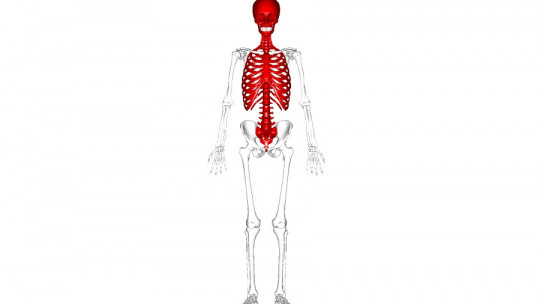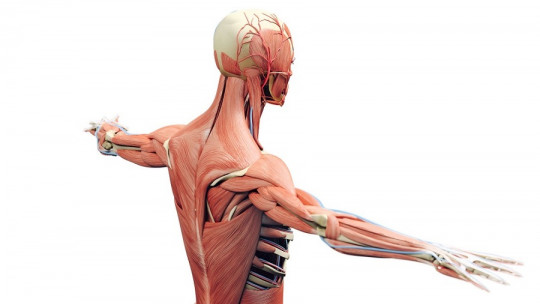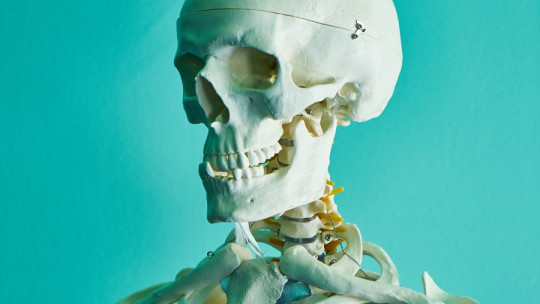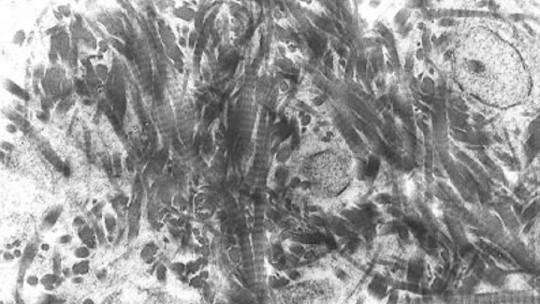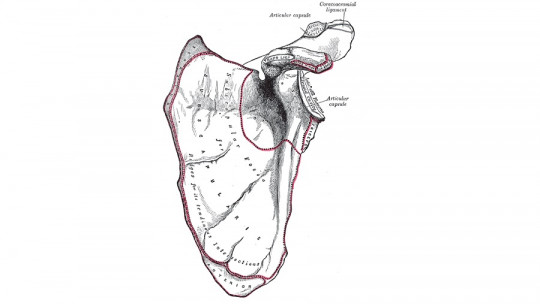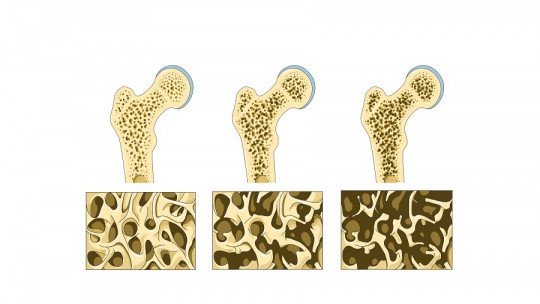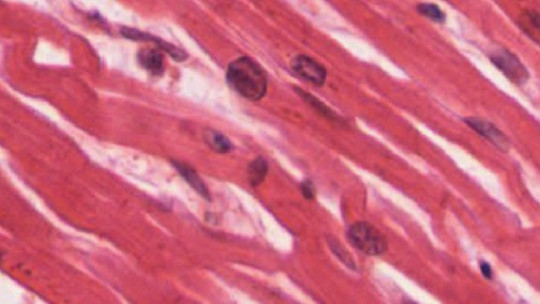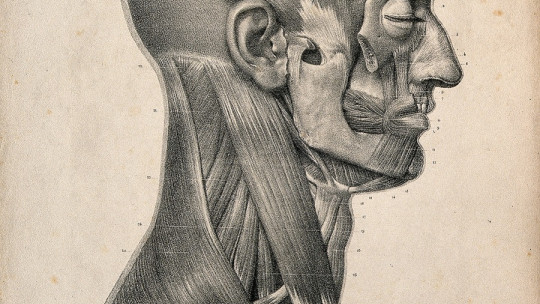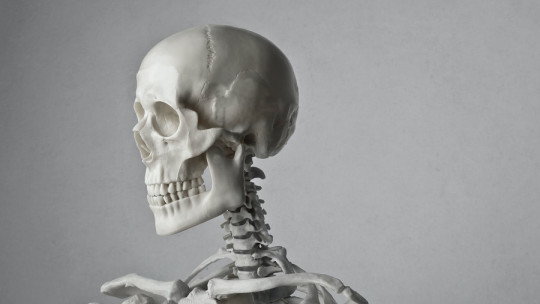
At a biological level, the skeletal system, bone system or skeleton comprises a series of structures that provide support, support and protection to the soft tissues and muscles of living beings. When you think of a skeleton, the first thing that comes to mind is the bones, right? In reality, this complex system reports much more variability than it initially seems in the animal kingdom.
In addition to the endoskeleton of vertebrates, in nature there are the exoskeletons of arthropods, which support proportionally less weight than ours. These are usually composed mainly of chitin, calcium carbonate, silica or other minerals. Its main function is to protect, but it also allows these more “simple” living beings from an evolutionary point of view to breathe and move in the environment.
Even further down the evolutionary scale we have the hydroskeleton, which consists of a fluid-filled cavity (coelom) surrounded by muscles that gives the animal its shape and ability to move. Annelids, nematodes and other invertebrates have this type of skeleton. With this express class we reach what is, perhaps, the evolutionary pinnacle of biomechanics: here We will see everything you need to know about the human skeleton or skeletal system
What is the skeletal system?
Osteology is a branch of descriptive anatomy that has been dedicated to answering this question over the years. After centuries of research and study, we arrived at the simplest possible definition, but at the same time full of secrets and nuances that we will see in later lines: the skeletal system is defined as the set of bones that give the human body its structure.
Except for pathologies and mutations, all individuals of our species have a total of 206 bones This represents approximately 12% of the total weight of the human body, so a 75-kilogram person will have a bone mass of 9 kilos. As a result of this figure, you will not be surprised to learn the following curious fact: an adult individual houses 1-1.2 kilos of pure calcium inside.
Skeleton Parts
The human skeleton is divided into two major planes based on physiology and bone anatomy. We briefly narrate them to you below.
1. Axial skeleton
Axis in Latin means axis, so you can imagine what we are referring to. The axial skeleton is the axis of the body, the bony section that allows us to remain upright in a three-dimensional environment and gives us the “human form” that characterizes our species. This bone conglomerate includes the bones that form the bony structure of the head, the auditory bones, the hyoid bone, the spine, and the rib cage.
The main function of the axial skeleton is protection, since both the rib cage and the skull house and guard what are, surely, the three most important organs in the entire human body: the brain, the heart and the lungs. In total, in this section we count a total of 80 bones.

2. Appendicular skeleton
Of the total of 206 bones that human beings have, The appendicular skeleton includes all those that make up the lower limbs, the upper limbs and the bony waists (shoulder and pelvic girdle). From the femur to the metacarpus, these 126 bones allow us to move our extremities as we please.
It should be noted that all of these bones included here are bilateral, that is, they are repeated on each side of the body. We have two femurs, two humeri, two ulnae, two radii, etc. You must keep in mind that our body is based on the physical premise of bilateral symmetry: the body is divided in a single plane (sagittal), giving rise to two specularly identical halves.
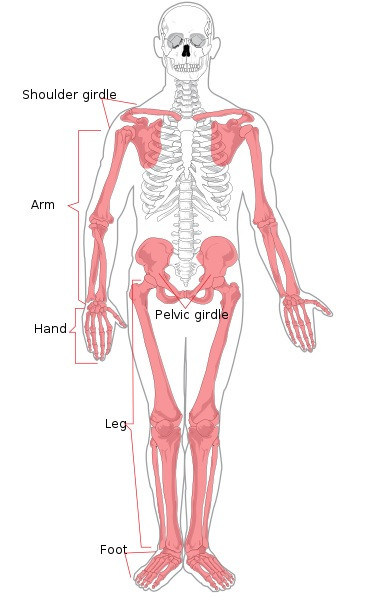
Bones and bone tissue
The bones are the true protagonists of osteology. These could be defined as extraordinarily hard organs that are formed by bone tissue, in turn composed of a cellular portion and a matrix portion. We tell you the particularities of bone tissue in the following sections.
1. Extracellular bone matrix
It is the portion of the bone that does not correspond to living cells and occupies 98% of the total tissue The secret of its hardness lies in its mineralization, since 65% of this matrix is composed of hydroxyapatite (calcium phosphate) crystals. These crystals are shaped like hexagonal prisms, generally short and tabular, with a whitish-yellowish color.
The other 35% of the matrix corresponds to organic substances, 90% of which are collagen, a fiber-forming protein of primarily structural nature. In addition to this compound, there are other protein substances that vary from structurality to hormonal action: osteonectin, osteopontin, thrombospondin and alkaline phosphatase are some examples of this.
2. Bone cells
Although they only represent 2% of bone matter, bone cells are truly interesting, because They perform tasks that are very difficult to imagine in a type of tissue as apparently “watertight” and “immovable” as that which characterizes bones We list them briefly:
Functions of the skeletal system
We have already explored what parts the skeleton is divided into and the type of tissue that makes it up, so we only need to know the functionality of this system to draw a complete picture of this authentic work of art of biomechanics.
Support, protection and movement are bone functions that we take for granted The bones are the anchoring point of the muscles, so when the latter contract, the bone tissue works as a lever to allow us to make movements. For this reason, the striated muscles, bones, joints and tendons make up what we know as the “human locomotor system.”
On the other hand, it is truly interesting to know that the bone system is a perfect mineral storage place. Without going further, 99% of calcium is found in the bones and only 1% is circulating through our body, in order to perform its relevant functions Faced with a calcium and mineral deficiency, the cell bodies described above can digest bone matrix, thus releasing these compounds into the bloodstream. This mechanism is very negative in the long term: pathologies such as osteoporosis develop through it.
In addition to all this, the bones are the place of production of all blood cells. Red bone marrow is a type of flexible biological tissue found inside long bones (such as the femur), vertebrae, ribs and others, whose function is to give rise to leukocytes, red blood cells and platelets.
This task is assigned to hematopoietic stem cells, which upon differentiation give rise to red and white blood cells, among others. The hematopoietic component of the bone marrow has an invaluable function in human physiology, since, without going any further, it synthesizes approximately 500,000 million red blood cells per day. Can you imagine what the human anatomy would be like without this key tissue?
Summary
As you may have seen, we are not exaggerating when we say that the human skeletal system is the pinnacle of biomechanics. Bones go far beyond protecting vital organs: they allow us to move, maintain homeostatic balance at a mineral level, store substances and, in addition, all circulating cell bodies are synthesized within them. Without the bone marrow, neither the immune system nor the blood would exist, so, directly, life as we know it would not be possible.
If we want a clear concept to remain beyond everything described, this is the following: it is necessary to conceive each system of our body as a series of dynamic, changing tissues and structures in absolute harmony with the rest of the “gears”. Even bone tissue, apparently hard and inflexible, undergoes substantial changes over time and interacts with the rest of the organs.

